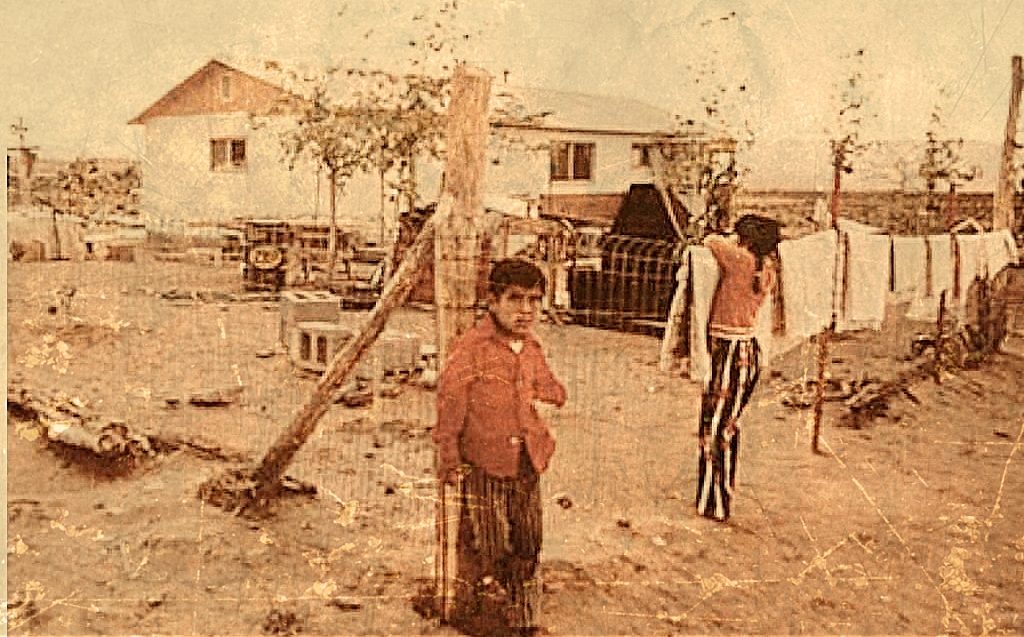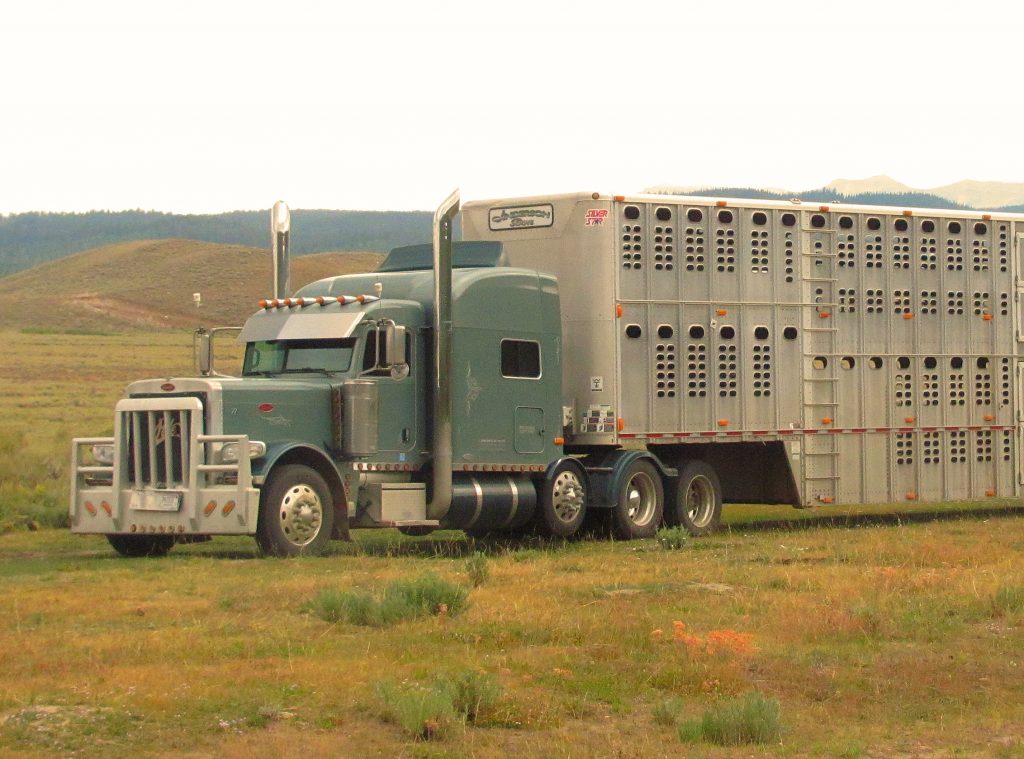But ranchers from some rural communities fear the new designations will amount to another layer of bureaucracy aimed at pushing them from the land. Their concerns mark just the latest battle over public lands in the West, where the federal government already controls millions of acres.
ALBUQUERQUE — New Mexico’s two U.S. senators have introduced legislation they say has been years in the making to set aside tens of thousands of acres as wilderness on opposite ends of the state in areas already designated as national monuments.
But ranchers from some rural communities fear the new designations will amount to another layer of bureaucracy aimed at pushing them from the land. Their concerns mark just the latest battle over public lands in the West, where the federal government already controls millions of acres.
The Northern New Mexico Stockman’s Association has passed a resolution against future wilderness and monument designations, and its members, along with groups representing ranchers from elsewhere in the state, are standing up to the latest wilderness proposal.
Dave Sanchez, vice president of the stockmen’s group, said wilderness designations have been used as a tool by the federal government to terminate grazing permits and suggested that as many as 80 percent of permits on national forest land have been lost over the years in the Southwest region alone.
“The economy of rural New Mexico cannot afford any more wilderness designations,” Sanchez said.
The association maintains that U.S. Sens. Tom Udall and Martin Heinrich, both Democrats who were advocates of efforts by the Obama administration to add more wilderness to the nation’s conservation system, are aware of the group’s opposition and that Heinrich declined a request for a meeting to discuss public land matters.
The senators have billed the wilderness proposals as community-driven efforts, and Heinrich’s office has said all stakeholders were invited to the table when discussions first began years ago.
The latest legislation calls for establishing several tracts of wilderness covering more than 300 square miles within rugged parts of the Organ Mountains-Desert Peaks National Monument in Southern New Mexico. In the north, more than 30 square miles would be set aside as wilderness within the Rio Grande del Norte Monument.
“For both monuments, this legislation will preserve traditional practices, increase recreational access, and help New Mexico’s outdoor recreation economy create new jobs,” Heinrich said in a statement.
Supporters argue that New Mexico’s newest monuments have resulted in increased tourism, evidenced through more gross receipts and lodgers tax revenue.
While the legislation allows for existing grazing rights to be managed under the provisions of the federal Wilderness Act, ranchers say making the areas off limits to vehicles and other mechanized equipment would make their jobs more difficult.
“This continues to put layer after layer of federal discretion over land that doesn’t do any more to protect it but places more constrains on the people who have been living off the land for generations,” said Caren Cowan, former executive director of the New Mexico Cattlegrowers’ Association.
U.S. Rep. Steve Pearce, the lone Republican in New Mexico’s congressional delegation, has been an outspoken critic of federal efforts to lock up more land in the West and is concerned about the legislation, said spokeswoman Keeley Christensen.
“New Mexicans want more access to federal lands for recreation, hunting, grazing and economic opportunity for local communities,” she said. “This bill is out of step with our values and where we want to be going as a state.”
The ranchers’ opposition to new wilderness designations also comes as minority farm and ranching groups continue to push the U.S. Department of Agriculture to address decades of discrimination and civil rights violations, particularly against Hispanic ranchers and land grant heirs in New Mexico.




